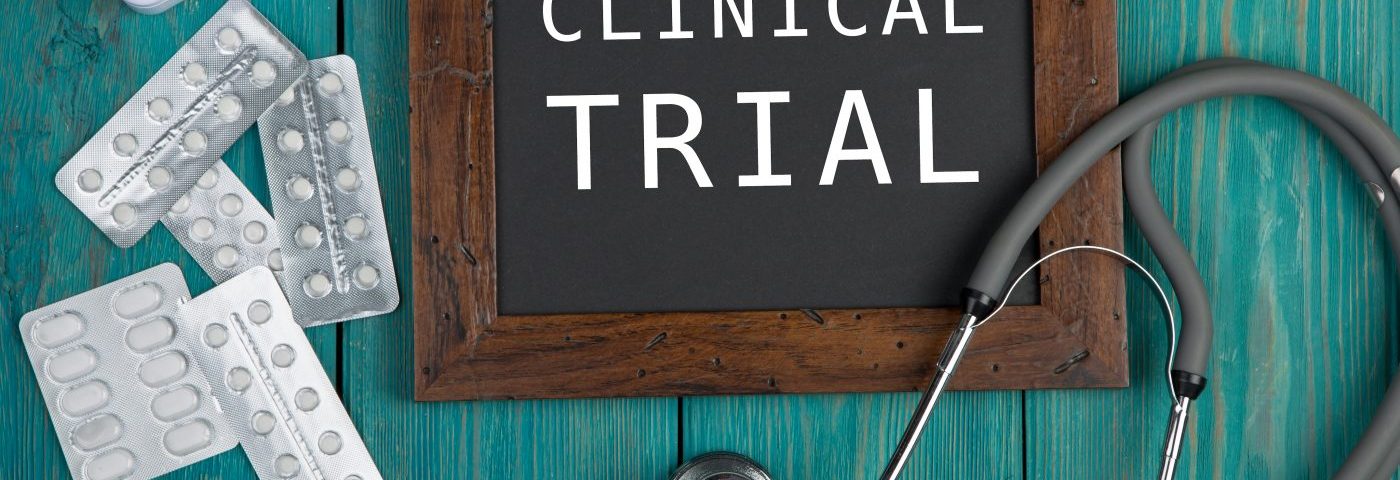Treatment with Keytruda (pembrolizumab) and Affimed’s AFM13 is well-tolerated with a favorable response rate in patients with relapsed or refractory Hodgkin’s lymphoma, according to an early analysis of a Phase 1b trial.
Trial data were recently presented in a poster, “A Phase 1 Study Investigating the Combination of AFM13 and Pembrolizumab in Patients with Relapsed/Refractory Hodgkin Lymphoma after Brentuximab Vedotin Failure: Updated Safety and Efficacy Data,” at the 23rd Congress of the European Hematology Association in Stockholm, Sweden.
AFM13 is an antibody intended to bring natural killer (NK) cells to the vicinity of a tumor. NK cells are a type of white blood cell that attack and destroy tumor cells. By binding to the CD30 protein in lymphoma cells and the CD16A protein in NK cells, AFM13 boosts the NK cells’ ability to kill cancer cells containing CD30.
In turn, Keytruda binds to the PD-1 protein in the body’s T-cells. This prevents their binding to PD-L1 in cancer cells, which is a mechanism used by tumors to evade immune attack. Treatment with Keytruda is intended to increase the immune system’s ability to detect and fight cancer cells.
While previous research showed that Keytruda alone leads to high response rates in patients with relapsed or refractory Hodgkin’s lymphoma, AFM13 demonstrated clinical activity in a Phase 1 trial in similar patients.
Preclinical work suggested that a combination of AFM13 and a PD-1 inhibitor, such as Keytruda, could provide enhanced anti-cancer activity and potential cross-talk between innate and adaptive immunity.
To test this combination, an ongoing Phase 1b trial (NCT02665650) is exploring the safety and tolerability of AFM13 plus Keytruda in Hodgkin’s lymphoma patients who have not responded to standard therapies including Adcetris (brentuximab vedotin).
A total of 30 patients, with a median age of 34 years, who had a median of four prior lines of therapy were enrolled in the trial. All patients had relapsed or refractory disease, with 43 percent having received Adcetris as their latest therapy.
Twelve patients were enrolled in the dose escalation groups and 18 into an extension group. All patients completed a six-week dose period to assess the treatment’s dose limiting toxicity (DLT).
Three groups of patients are receiving ascending doses of AFM13: 0.1 mg/kg followed by 0.5 mg/kg in group 1; 0.5 mg/kg followed by 1.5 mg/kg in group 2; and 3 mg/kg followed by 7 mg/kg in group 3, in combination with a 200 mg dose of Keytruda given every three weeks up to 25 weeks.
After completion of dose escalation, enrollment is continued into the extension study.
Imaging with positron emission tomography (PET) and computed tomography (CT) is performed every 12 weeks to assess treatment response.
Results revealed no DLTs in groups 1 and 2, and one DLT each in group 3 and the extension group. Treatment-related adverse events were mainly mild or moderate, and included infusion-related reactions, nausea, fever, and rash.
Severe or life-threatening adverse events included infusion-related reactions, elevated levels of liver enzymes, stomach inflammation, low blood pressure, nausea, reduced neutrophil levels, and vomiting.
A preliminary analysis of the therapy’s effectiveness in 24 patients showed that the best overall response rate — the percentage of patients with a predefined tumor size reduction over a minimum time period — was 89%, seen at the dose and schedule chosen for the extension group. Additionally, 28% of patients receiving this regimen experienced a complete tumor response.
“Preliminary data suggest that the combination of AFM13 and pembrolizumab is a well-tolerated therapy in [patients] with RRHL [relapsed or refractory Hodgkin’s lymphoma],” the scientists wrote.
They added that the response rates “compare favorably to monotherapy pembrolizumab in a similar RRHL population.”


